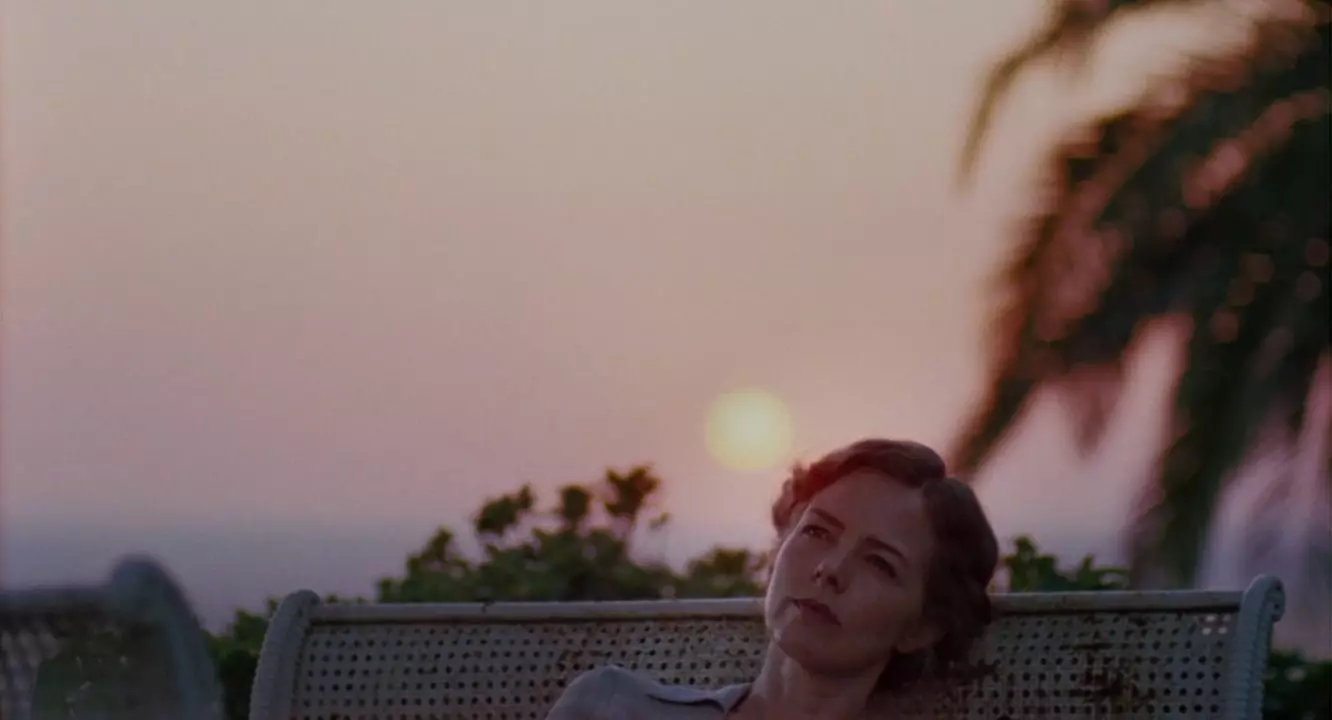
Of the divine and the human: of destiny.
"I had a farm in Extremadura, at the foot of the Santa Cruz peak." so i could start Karen, debut feature of the director from Extremadura Maria Perez Sanz. Karen is the portrait of the last years of Karen Blixen, “the Danish writer with a thousand names”. The woman that, much of the world, we met through the interpretation of meryl streep in the Sydney Pollack film, Memories of Africa.
That's how this filmmaker also knew her who came to her willing to write and direct a length of it passing her Extremadura through Africa. “My family has a farm near Trujillo, pure pasture. I have spent a lot of childhood there, the summers, and I always had that fantasy of playing the explorers”, says María Pérez Sanz. “Years ago I began to shoot a series of shorts introducing myself into that landscape with the Maasai, with the settlers... I gradually realized that there was something very powerful and I had to exploit more. I am not the first to say this, but it is true that there are some connections that later, when I traveled to Kenya to follow in Karen's footsteps, I verified: the oaks could be acacias, the migration of the birds that are just going to Africa, the sunsets. It was more the archetypal idea that that African landscape transmitted to me.”
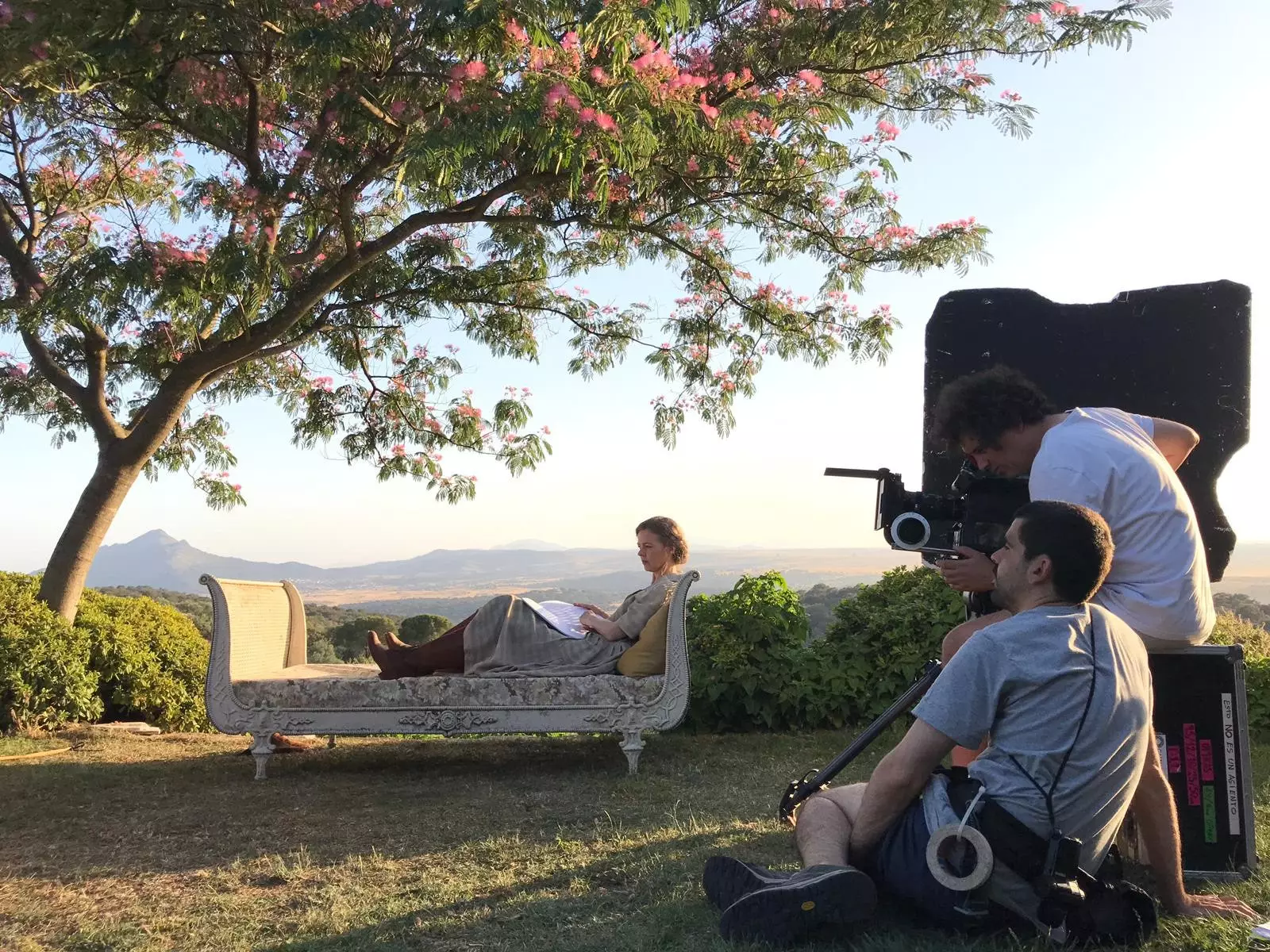
Overlooking the Serengeti.
In that idea of shooting Extremadura as Africa, she appears to him, on the recommendation of her father, Karen Blixen. "I thought it was interesting because he was a character known to the public and I wouldn't need to tell his whole story from scratch," she explains. In fact, Karen is the story, built from everyday acts and deep conversations between the writer and her most faithful servant, the Somali Farah, of recent years on his farm in Kenya. “The landscape is the beginning of the film, but ends up being a more human landscape: her and her servant who are the most important thing in the film”.
AN IDEALIZED CHARACTER
María Pérez Sanz began by reading Out of Africa and from there she went on to the rest of her belated but extensive literary work. "Shadows on the grass, which she writes near his death, in which she singles out Farah (played by Alito Rodgers) as the most important character” was the first reading where she found the key to her script. After, Letters from Africa: "It's everyday life, the small, the not intended to be published, addressed to her brother or her mother in Denmark -she says-, those letters fueled many scenes in the film, they were the starting point of many sequences" .
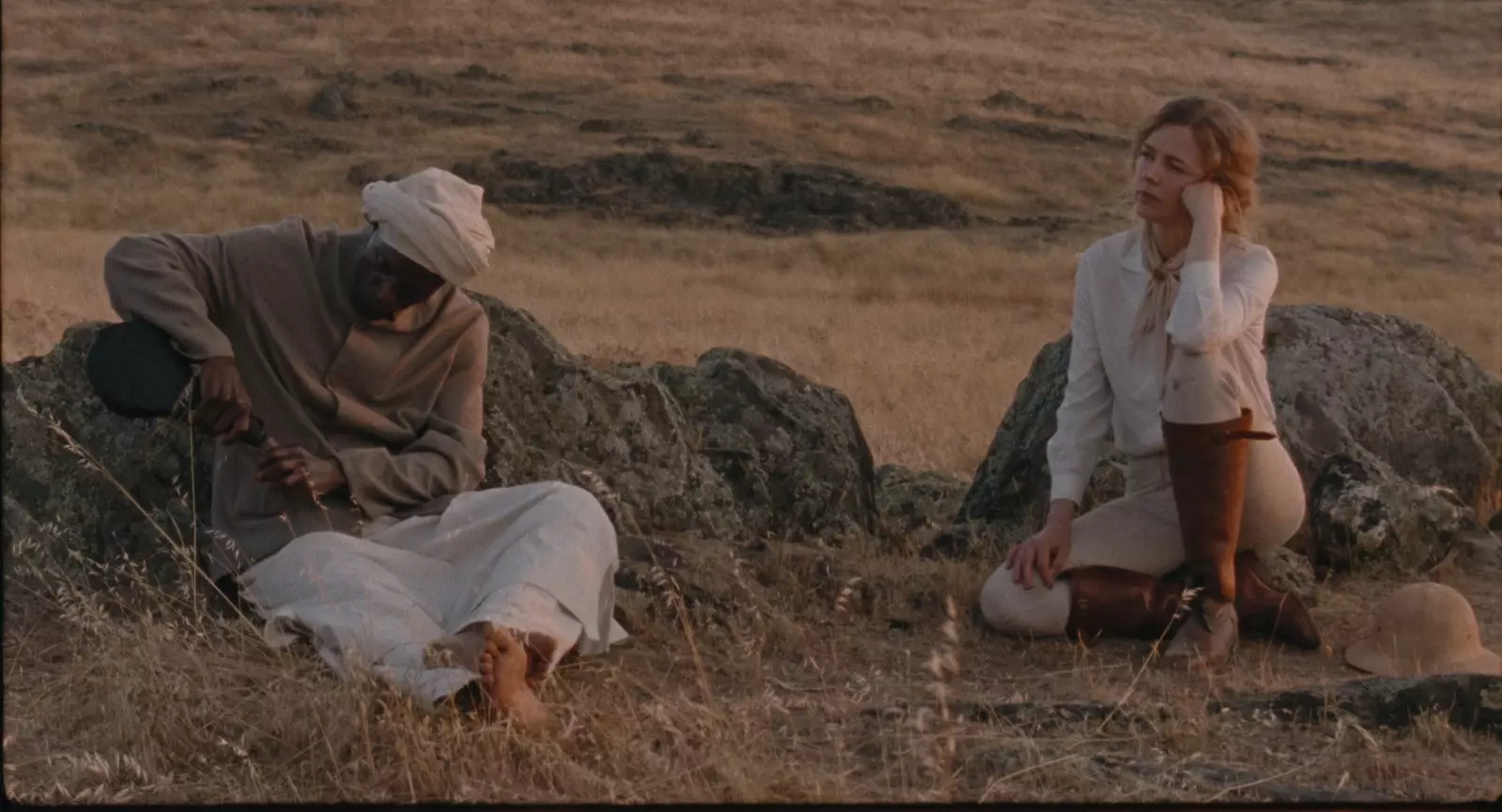
The desert or the meadow?
The rest she added with the trip to kenya that she did with her production manager before filming began. were in Karen, the neighborhood of Nairobi, a suburb of white people and high incomes that is called that because her plantation was there, she lived there and there she is the house of the writer, now a house-museum. “That it is not very rigorous, everything accumulates a little scattered, Karen's boots and next to it something from Meryl Streep”, she remembers. "Fiction and reality are a bit confused." They also spoke with Kikuyu descendants and settlers who knew Blixen to continue forming the portrait of this mysterious woman "who suffered a lot."
Maybe because of the Pollack movie, Karen Blixen is completely idealized. “But in her letters you can see what she suffered, she was very sick and almost ruined her danish family and she was about to send her African family to hell”, says María. "Our film is closer to her actual existence in Africa than Pollack's film, her time there was not so much of partying, lovers and safari, He was always very confrontational with failure just around the corner. Karen's story is that of a failure that leads you to find your beginning destiny. That's why, destiny is a recurring element in the conversations between her and Farah.”
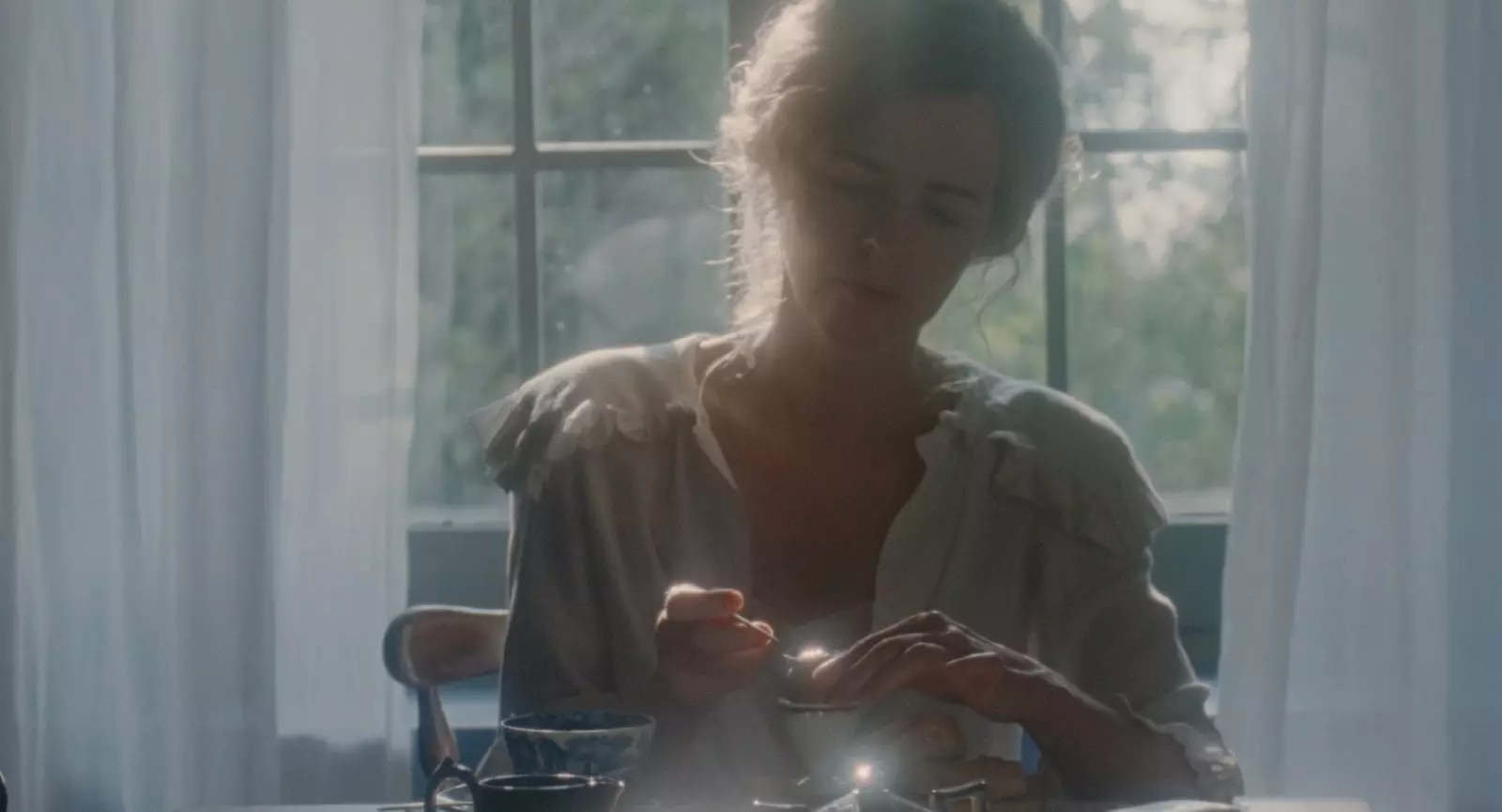
An Extremadura farm instead of the farm in Africa.
She was not a woman you imagine talking about banal and trivial things, says the director. And, for this reason, destiny and God sneak into the routine of these two characters. “The exercise we have done is erase the romanticism, erase the male characters, but she is impossible not to idealize because her world is very mysterious. In all of her literature and in her biography there are many layers and it is very difficult to differentiate between myth and reality. She changed her name on several occasions, she played dress up and cheated on her all her life.”
MY HOUSE IN AFRICA/EXTREMUDURA
The trip to Kenya, above all, helped them rebuild Karen's house in Extremadura. Not looking for accuracy in the plans, but evoking the atmosphere, with furniture, chairs (the chair he works on is from Rosenvinge, an inheritance from his Danish grandmother, the same as the one Blixen had in Kenya)… It was not easy to find a house colonial style and open to the countryside in Extremadura. "It's the antithesis of the architecture there," she says. However, they succeeded, the family estate of the wife of the film's producer: located in an area called Las Viñas, an elevated area, "which allows you those views as if you were in the Serengeti”.
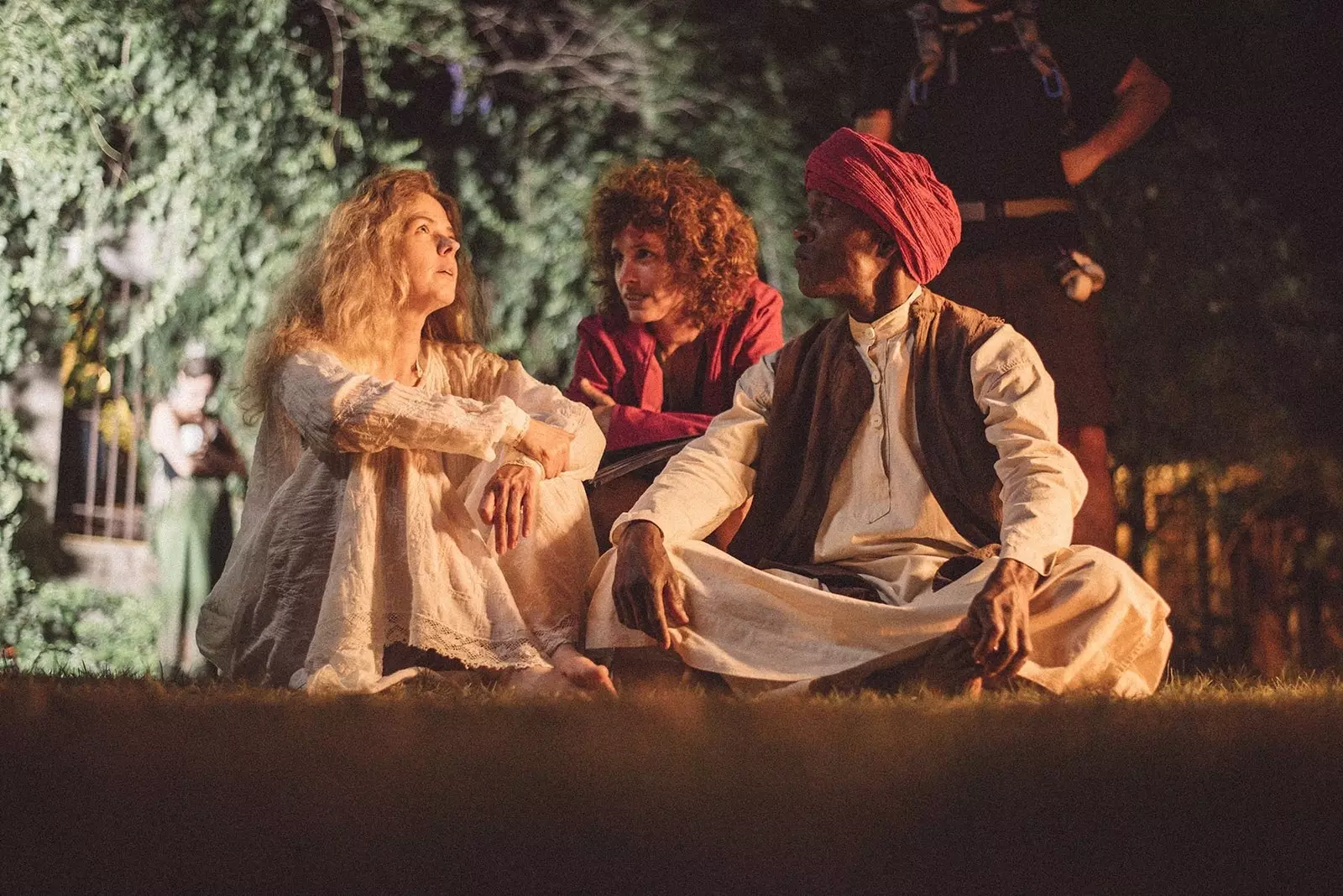
The actors with the director María Pérez.
And you only see the house from the outside at the end of the film, when you insert the images of Karen Blixen's real house in Kenya. A jump in time, an ambiguous ending, almost ghostly. Where were we? Where we are? "There is not too much modification of the landscape or the house, it was rather trust that the viewer would accept this pact and it works better than I expected”, says the director. "I thought: 'nothing happens, if some pigs cross each other'. The film is shot in Spanish, there is a suspension of credibility and period, there are no wild animals, but when you put those two characters, Karen and Farah, suddenly you are transported, that is the magic of cinema and that travel pact with the viewer is fantastic”.
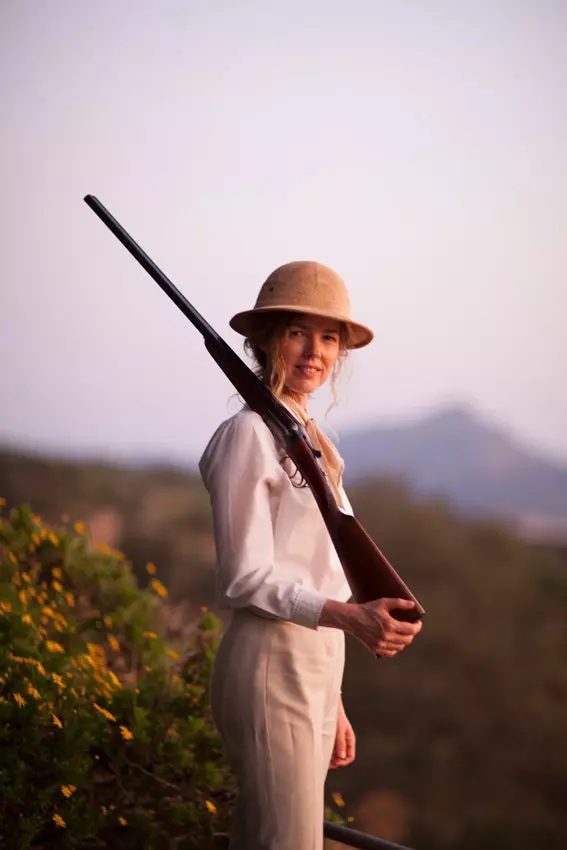
Christina Rosenvinge, as Karen in the meadow.
